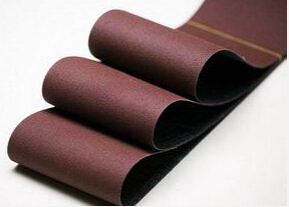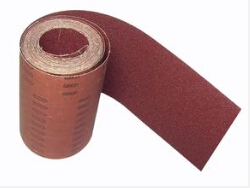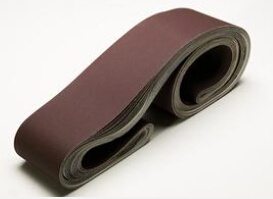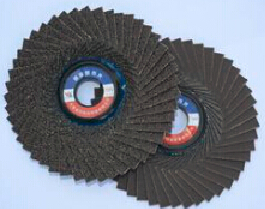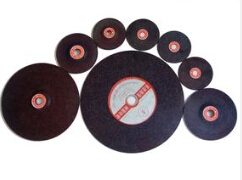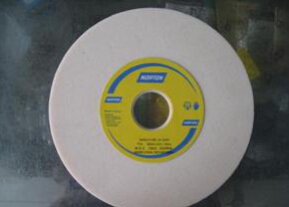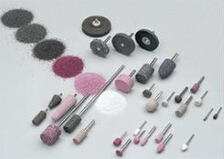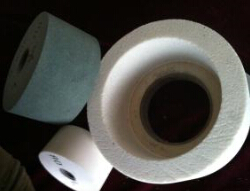Black Fused Alumina Applications
Zhongsen Editor 2018-09-03
Application of Black Fused Alumina
Black Fused Alumina(Black Aluminium Oxide), also known as low-aluminum corundum, is made from high-alumina bauxite and high-iron bauxite (or iron oxide swarf). It is made from α-Al2O3 and iron by melting aluminum bauxite in an electric arc furnace. The gray-black crystal of spinel is the main ore phase, which is characterized by low Al2O3 content and a certain amount of Fe2O3 (about 10%), so it has characteristics of moderate hardness, high toughness, high temperature resistance and stable thermal properties. The high alumina bauxite here is a scrapped scrap of raw material for smelting brown corundum. The main components of high iron bauxite are iron oxide and alumina ore. The raw material cost is low, the smelting is mainly melting, there is no large amount of reduction reaction, and the energy consumption is low. The carbon emission is small and the production cost is low.
The usages of known Black Fused Alumina in this stage are mainly in the following applications:
Polishing
Black Corundum is mainly used in stainless steel kitchen utensils, metal parts before surface polishing, metal surface treatment polishing and polishing of glass products and aluminum products.
Black Corundum is a kind of ordinary abrasive, moderately soft and hard. In the polishing of stainless steel workpieces, its outstanding advantage is that it is not easy to burn the surface of the workpiece. The lighter weight can keep the original color of the stainless steel workpiece and the appearance is good. Therefore, for many years, black corundum has been used as a special abrasive for stainless steel polishing.
If the stainless steel is polished, first apply the bone glue on the outer circumference of the cloth wheel, then put it into the sand plate with black corundum, roll it, let the outer circle evenly stick the sand, then dry it, put it on the cloth wheel polishing machine, polish it. The machine rotates and the polished workpiece contacts the outer circumference of the polishing wheel with a suitable pressure to complete the polishing. The advantage of black corundum polishing is that the surface of the workpiece such as the spoon and the fork is unevenly polished, and the color of the surface is uniform. After polishing with a higher hardness such as brown corundum, there will be a color difference, so high-grade tableware polishing still needs black corundum.
Resin Bonded Abrasives
Black corundum is commonly used in the production of resin cutting sheets, angle grinding sheets, and resin grinding wheels. It can significantly improve sharpness, significantly improve the quality of the cut and polished surface, improve cost performance, and significantly reduce costs.
Nowadays, a number of factories use a large number of black corundum and brown corundum composites to make resin abrasives, which have a high cost performance. The original cloth wheel has a good sanding effect, but it requires more labor and dust. Some people use brown corundum sand. Belts and polishing wheels, but the polishing effect is poor, many dealers hope to develop black corundum belts and polishing wheels.
For example, our customer Saint-Gobain recently needs to make corundum to make resin abrasives. Mix the corundum and the first grade brown corundum at a certain ratio, plus the filler. The cutting piece thus produced and the cutting piece made by all the first-class brown corundum are reduced by about 5%, but the sharpness is obviously improved, the smoothness of the slit is obviously improved, and the surface of the cutting piece is more flat and compact.
Laying Wear-resistant Anti-skid
In the past few years, the application of black corundum abrasives has been extended to the laying of wear-resistant anti-skid pavement. Black corundum fraction is the preferred material for non-slip roads and underground storage.
For example, in Hong Kong, South Korea, Switzerland, and China, black corundum sand is used to lay wear-resistant anti-skid roads. Parking lots and steep slopes are also used. Switzerland generally uses asphalt mixed black corundum for laying. In China, the black corundum fraction is bonded to one to three layers with a resin binder on the concrete roadbed.
In addition, black corundum is also used in the surface treatment industry, which can make various surface treatments smoother, and can be divided into the following categories:
1. Surface processing: metal oxide layer, carbide black skin, metal or non-metal surface rust removal, such as gravity die casting mold, rubber mold oxide or release agent removal, ceramic surface black spots, uranium color removal, painting Rebirth.
2. Beautification processing: all kinds of gold, K gold jewelry, matte or matte treatment of precious metal products, crystal, glass, corrugated, acrylic and other non-metal matte processing and can make the surface of the workpiece into a metallic luster.
3. Etching processing: jade, crystal, agate, semi-precious stones, seals, ya stone, antiques, marble tombstones, ceramics, wood, bamboo and other etching art.
4. Pre-processing: Teflon (TEFLON), PU, rubber, plastic coating, rubber drum (ROLLER), electroplating, metal spray welding, titanium plating and other pre-treatment, so that the surface adhesion increased.
5. Raw edge processing: bakelite, plastic, zinc, aluminum die-casting, electronic parts, magnetic core and other raw edges.
6. Stress relief processing: aerospace, defense, precision industrial parts, derusting, paint removal, finishing, and other stress relief processing.
7. Processing of electronic parts: matte surface and etching of silicon chip, impurity removal on the back side of wafer, overflow of electronic parts package, removal of surface printing of finished products, cleaning of ceramic electric heating
8. The processing of the mold: general mold surface sandblasting, mold biting after the matte surface treatment, wire cutting mold, glass mold, tire mold, conductive rubber mold, shoe mold, bakelite mold, plating mold, button mold, plastic products mold.
9. Processing of large work objects: large-scale workpieces such as oil tanks, chemical tanks, hulls, copper structures, metal houses, containers, automobile industry, etc. Derusting, paint removal, maintenance and large-scale flat glass automatic matte treatment.

